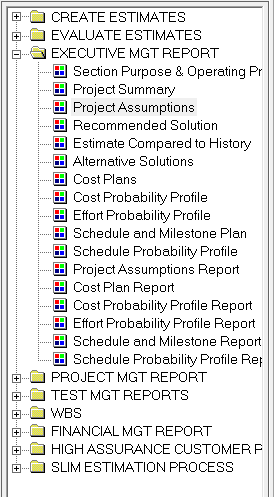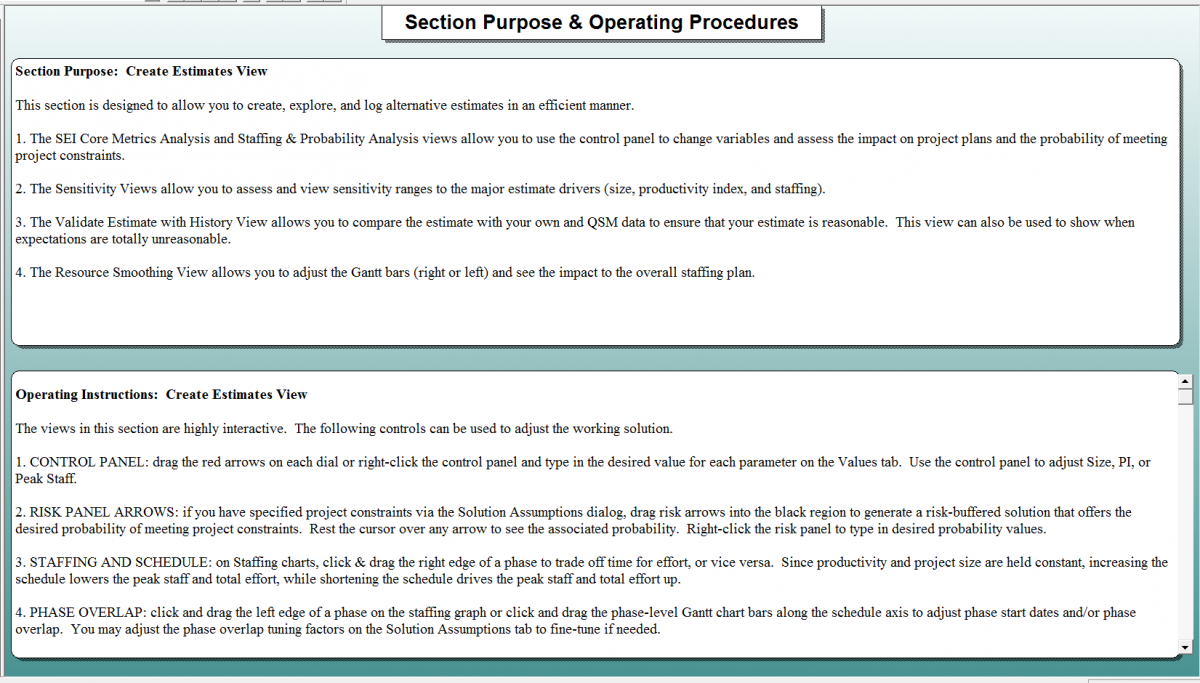Agile Series Part 4: How Software is like a Marshmallow
It’s tempting to do things that you shouldn’t. In software development, unrealistic deadlines and changing requirements often lead teams to make counterproductive decisions, such as adding additional staff in order to achieve a deadline. This not only creates more defects on the current project but also takes resources away from other projects.
I recently faced a similar dilemma when deciding whether or not to indulge in the holiday treats in the office breakroom. Should I consume the sugary snacks that taste delicious but have the potential to cause obesity (among other health consequences) or should I eat the banana I brought with me? Perhaps to me, this internal debate became exaggerated after reading Kidd et al.’s (2013) study and watching the accompanying video on environmental stability and satisfaction. However, after some thinking, and more indecision on my snack choice, I came to the conclusion that software is like a marshmallow.


